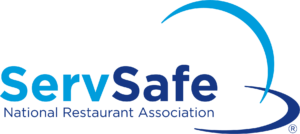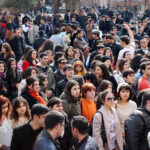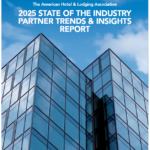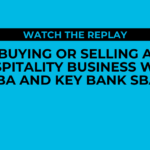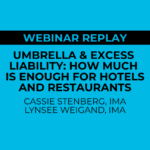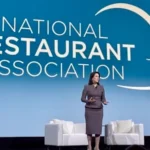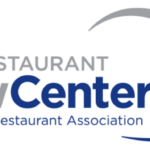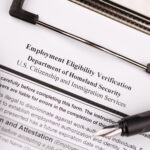Spring break is in, lunch breaks are out. Businesses are seeing busier streets this spring, but customers are in shorts, not suits, as tourism nationwide approaches 2019 levels while office occupancy stays low.
With office capacity at 32% of what it was in 2019, Seattle has seen a rise in tourism and was the second most popular location for Memorial Day travelers, just behind Orlando. The nationwide trend doesn’t just apply to cities either. Despite passionate efforts by some businesses to get employees back into the office, remote work looks like it is here to stay for some sectors.
There are a few things hospitality businesses can do to benefit from this shift. 
Source: Downtown Seattle Association
Figure out why people are coming
When you’re dealing with office workers, it’s not so much about why, but when. When is the lunch rush? When are the conference rooms booked? But if a larger share of your patrons is from tourism, learning their motivation for coming to your town and your business is crucial.
In-state leisure travel remains high, and businesses in places like Leavenworth and Mount Vernon during tulip season don’t have to guess what brings Washingtonians to town, but you should take the next step to figure out why people chose your business. Factors beyond location, price and comfort are increasingly important for consumers as evidenced by travelers’ growing desire to stay in eco-friendly hotels.
How to do that
Automate when you can. It’s hard to collect and utilize data from customer feedback cards left on a bedstand, or verbal requests and complaints. There are plenty of services hoteliers can use to collect and aggregate feedback from customers, but a simple two-question Google form at the bottom of a guest’s confirmation email can give you some insight for free.
Use social media as a tourist. A single popular post on Instagram or TikTok can cause a sensation overnight, sending a wave of bookings in any direction. You don’t have to be the subject of that post to benefit from it. Before launching a massive social campaign or an Instagram-based travel agency like @hotel on Instagram, simply open the Instagram app and enter #YourCity in the search bar. Some of the most liked and viewed posts could be locations and experiences you can use in advertisements, offer transportation to, cater to or form a partnership with. Knowing which accounts are effectively promoting your area can also help you figure out the demographic of your tourist guests. It’s up to you how you use that information, but there is no doubt that it is valuable.
Optimize accordingly
Price. Tourists are more likely to spend money, and retail businesses of all kinds have long used this to their advantage. Don’t forget to do the same.
Preference. The reason it’s so important to figure out why people are coming and where they are coming from is because you can learn valuable information about their habits that might differ from the pool of local 9-5 workers your business has catered to in the past. Strike a balance that offers travelers a taste of your town without forcing them into the great unknown.
Time. After 70 years, Pure Food Fish Market in Seattle started closing an hour earlier at 5 p.m. That makes sense for a shop at Pike Place Market that sees huge crowds during the day that thin out in the evening, but catering to tourists could mean staying open later for other businesses. Maybe that means offering room service later into the evening or keeping your bar open an hour later on weekdays. For many, it could mean staying closed for lunch.
Marketing. This presents a perfect opportunity for hospitality businesses to work together. Restaurants stand to benefit from working with nearby hotels to ensure rooms have travel guides that feature them. Hotels can partner with local excursion companies, tour guides, and entertainment venues. They can all piggyback and support each other’s social media content and help drive demand for your town’s hidden gems.

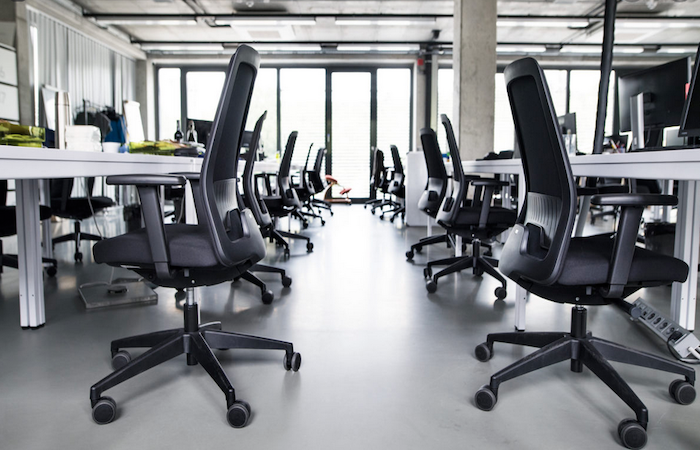
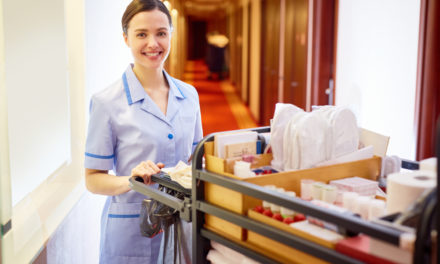
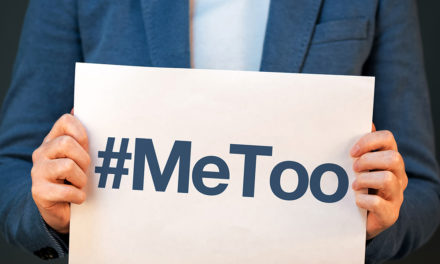
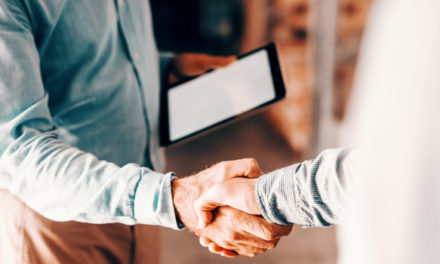
![[CEO podcast] UPDATE: Case counts, vaccine mandates](https://wahospitality.org/wp-content/themes/Extra/images/post-format-thumb-text.svg)

